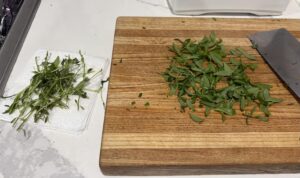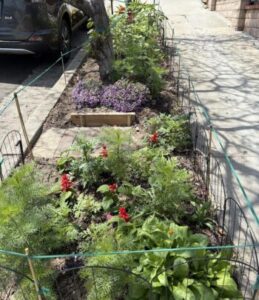Some Great Choices of Plants to put in Pots in your Entry, On the Patio or In the Garden
As a follow up to my Potted Plants blog, I wanted to suggest some good plants for use in pots or containers. This is by no means a list of every plant that can work in a pot but, a compilation of plants I have tried that worked well.
For the most part these are outdoor plants. Some work indoors and outdoors depending on your climate.
Some of these plants may go dormant or die back completely in harsh climates.
Plants for Pots in the Shade
Here are some selections that like filtered shade or morning light (only up till 10 AM or 11 AM). Very dark areas are not good for growing plants. Plants for shade prefer a potting soil with lots of organic matter. Mix some Camellia-Azalea planting mix in with your potting soil. Use a moisture retention potting mix. Orchids need to be planted in Orchid bark.
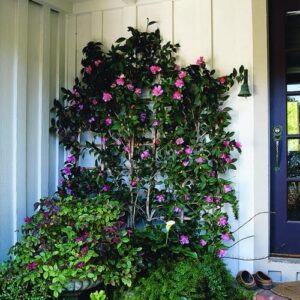
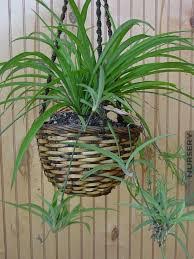
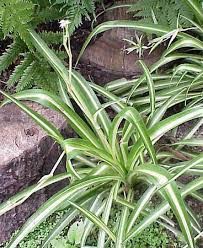
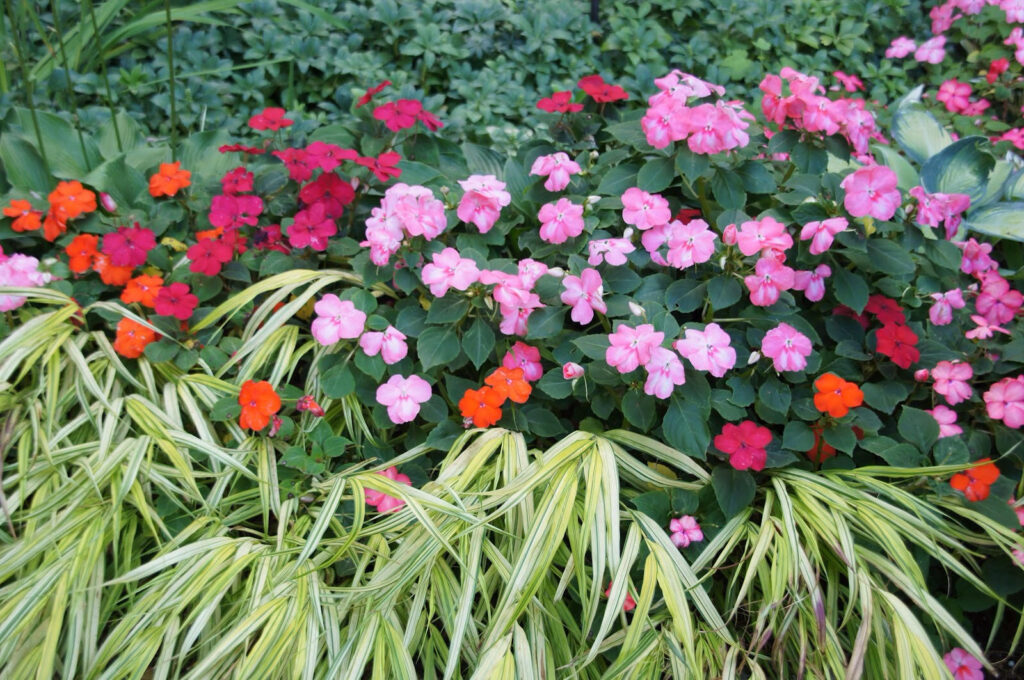


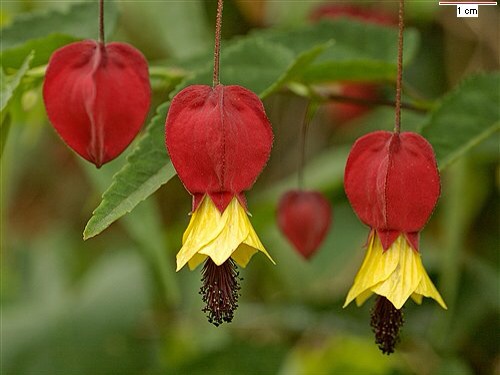
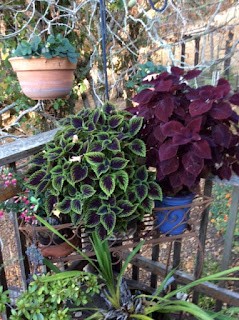
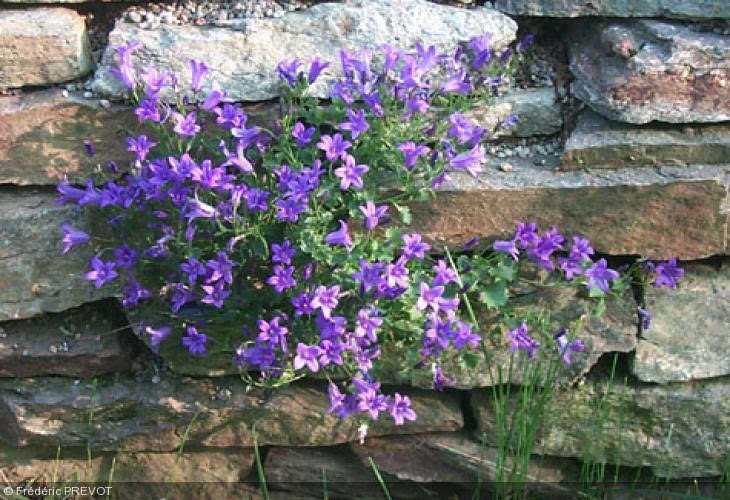
ground cover for light shade

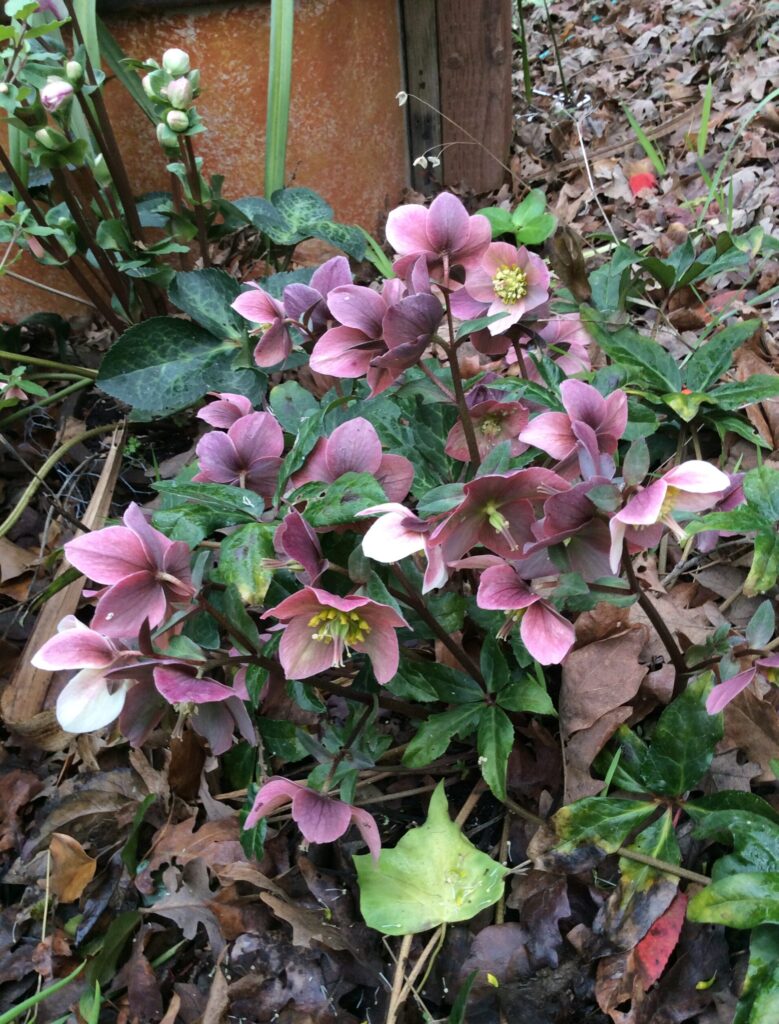

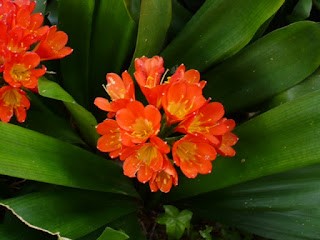
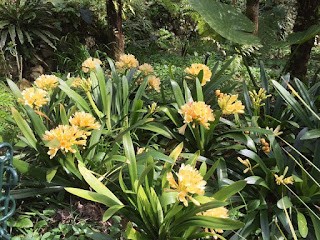
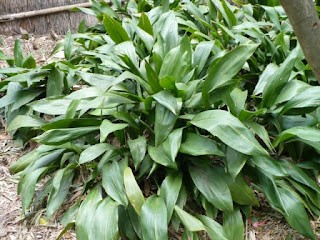
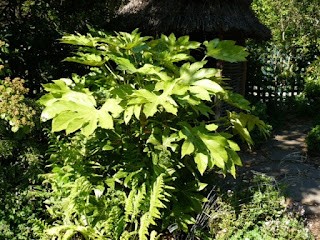
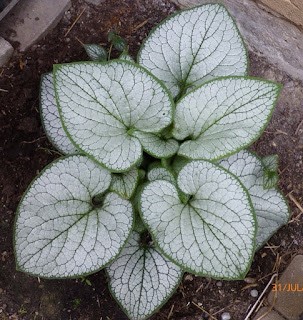
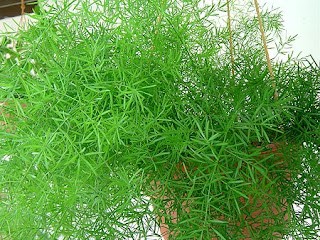
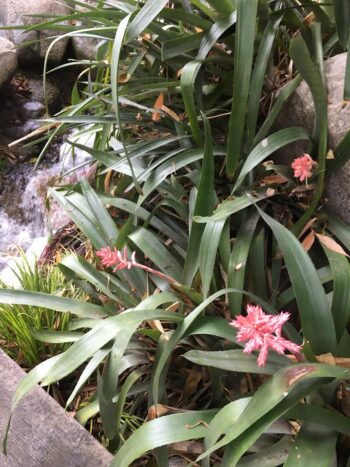
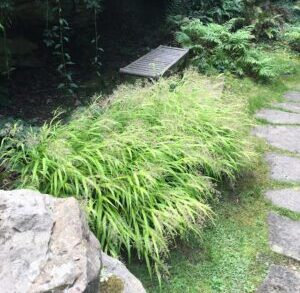

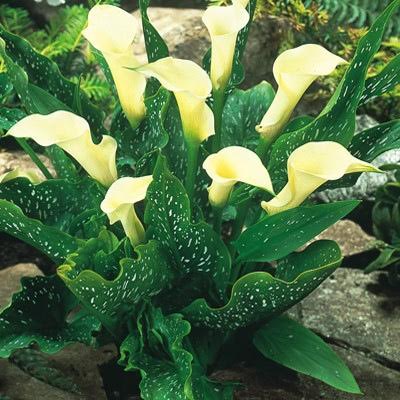
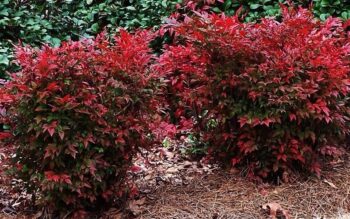
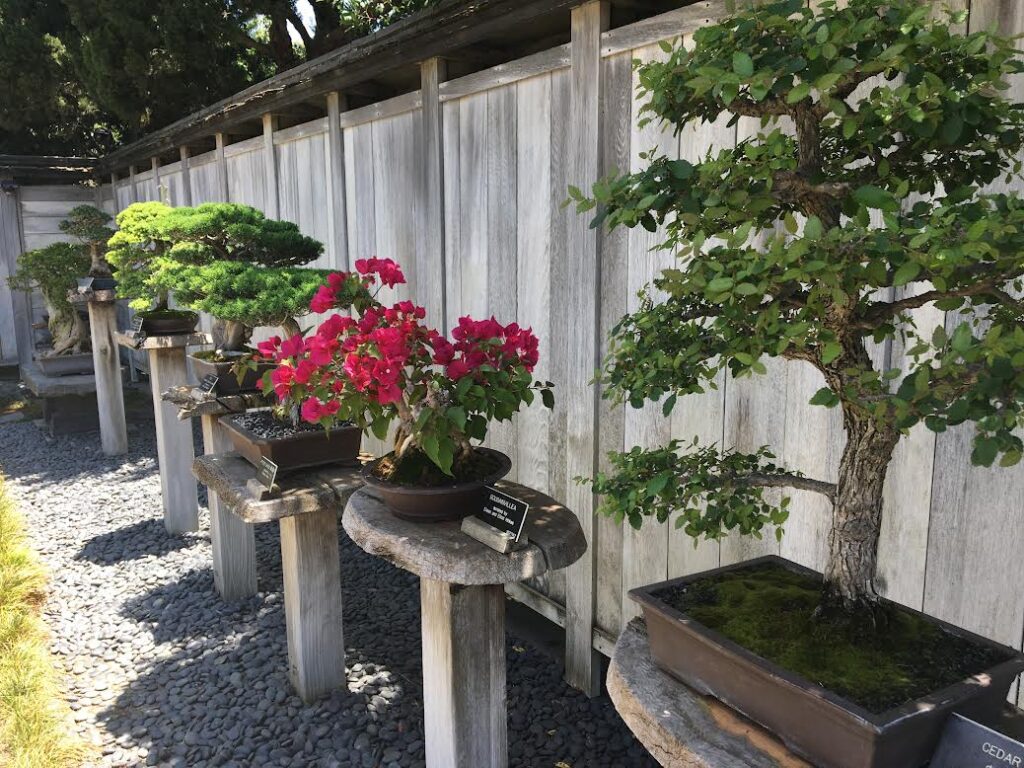
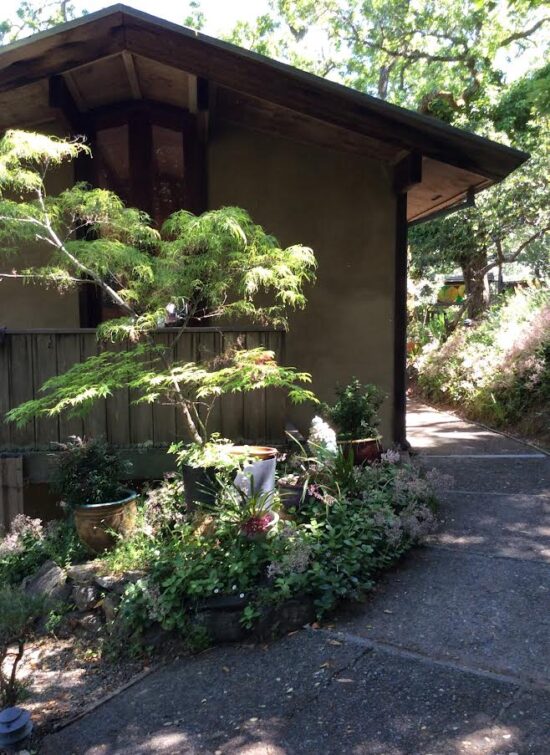

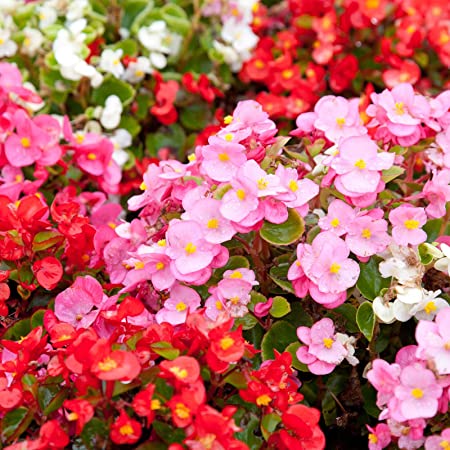

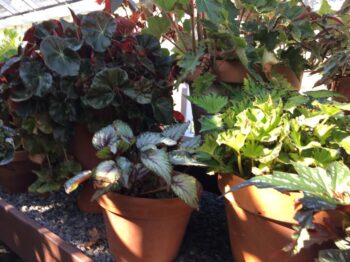
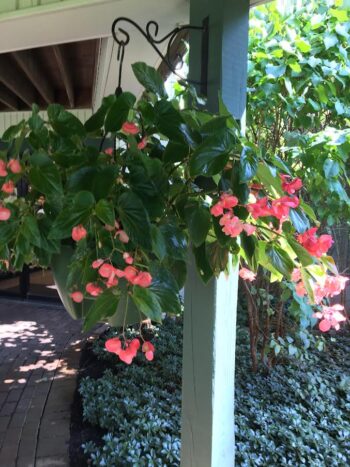
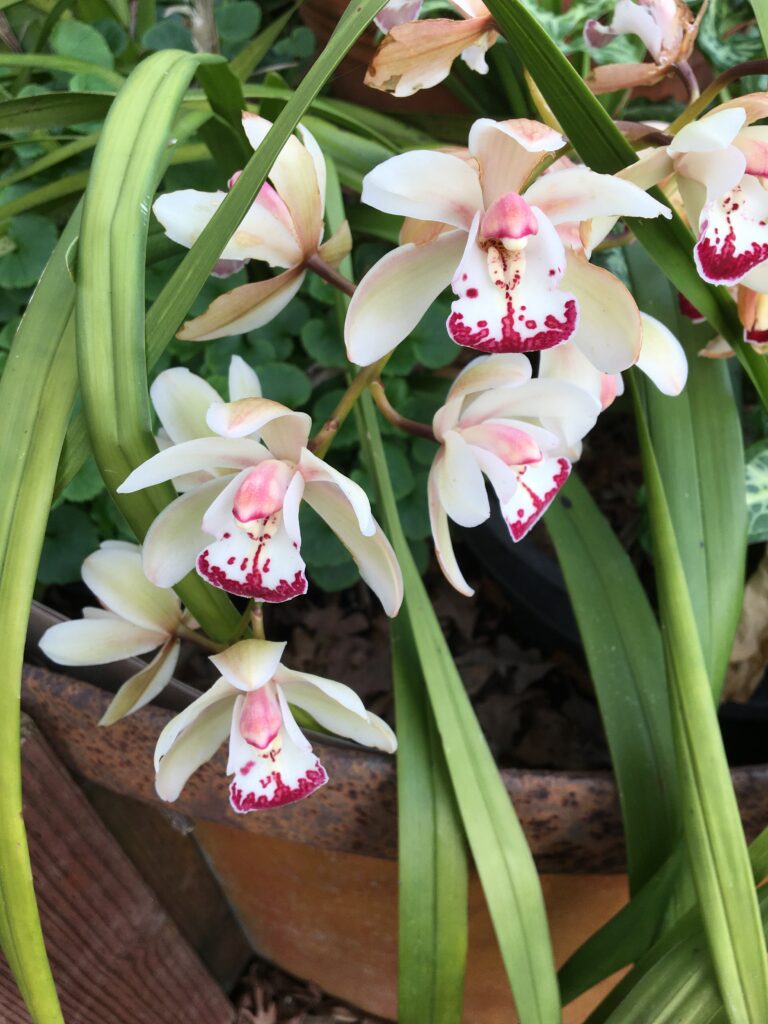
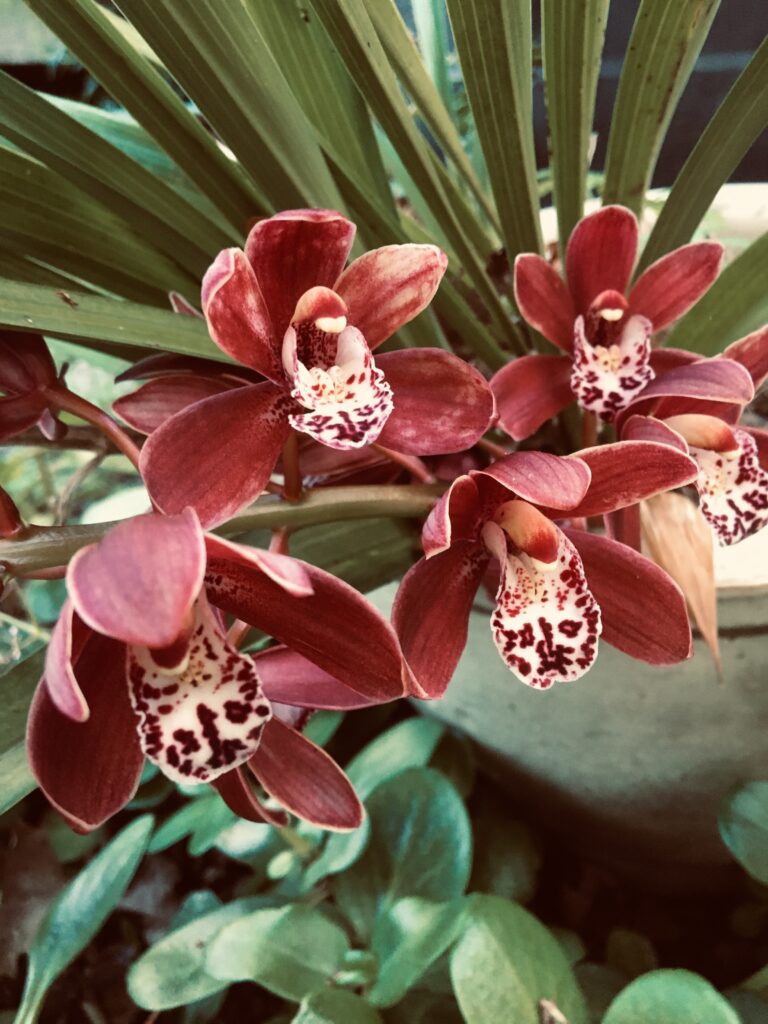

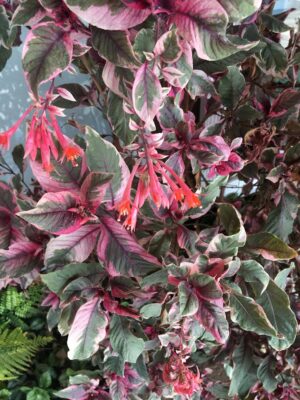
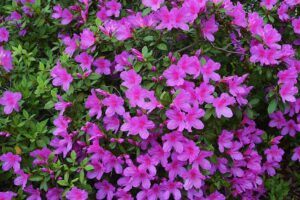
The photos show one or two hybrids or species of these plants but many have lots of different types and colors available i.e. ferns. There are many species of Ferns and most are shade tolerant. I used photos of some common types.
Plants for Pots in Sunny Areas
In general, potted plants prefer not to be set against hot walls or in southern exposures. There is a minimal amount of soil in a pot so you will need to water plants in sunny areas more and check on them regularly. Move the pots to a half day light area if they are suffering in the sun. Use Miracle Gro Moisture retention potting soil for plants.

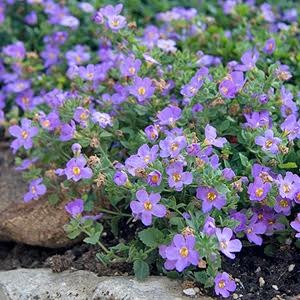
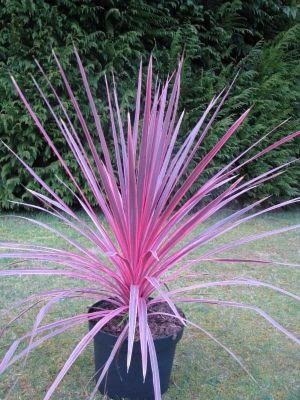
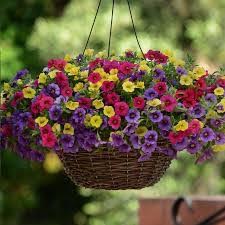
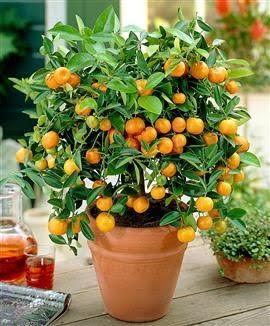

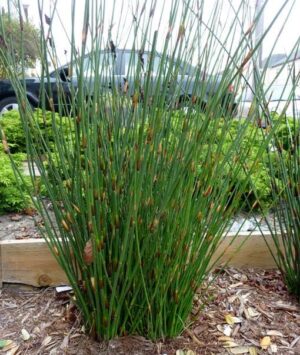
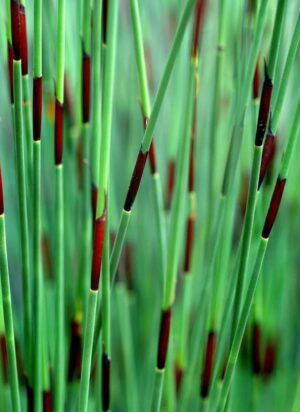
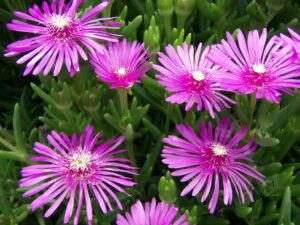
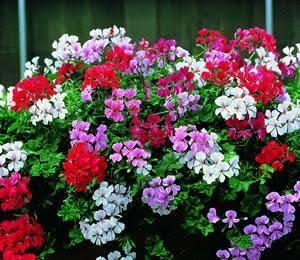
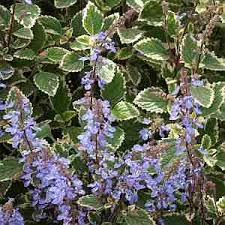

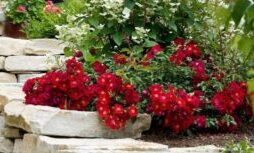
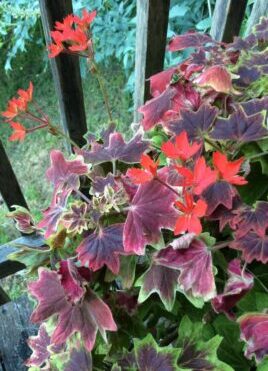
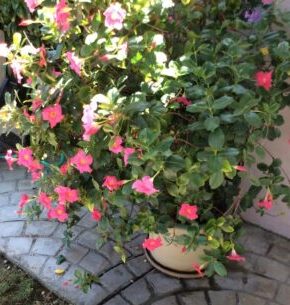
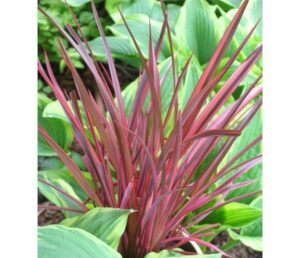
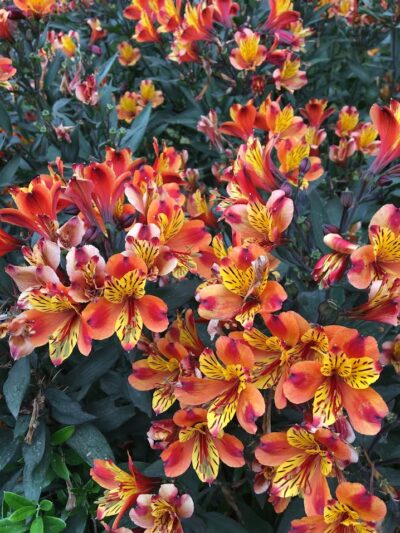
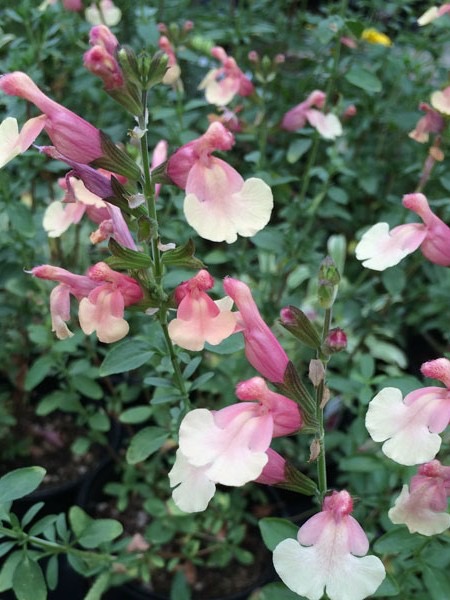
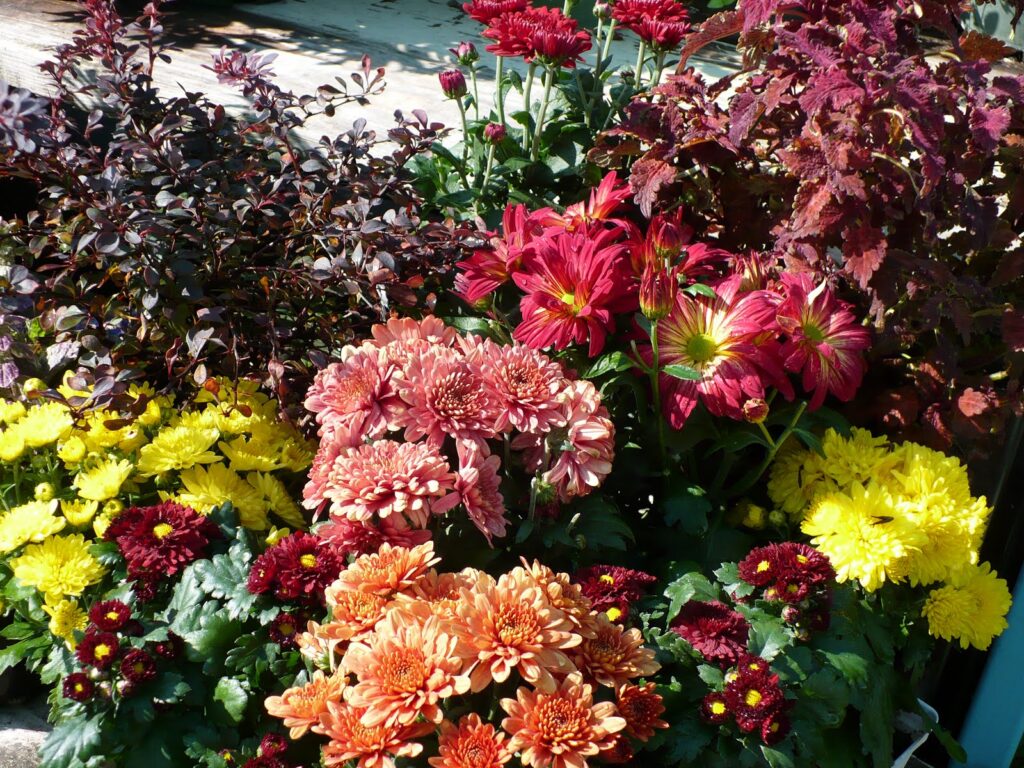
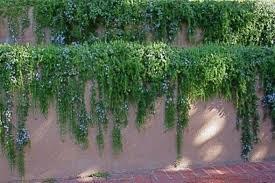
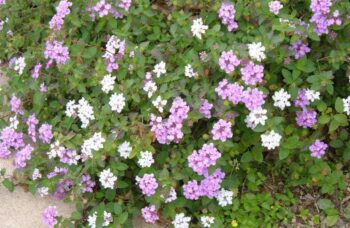

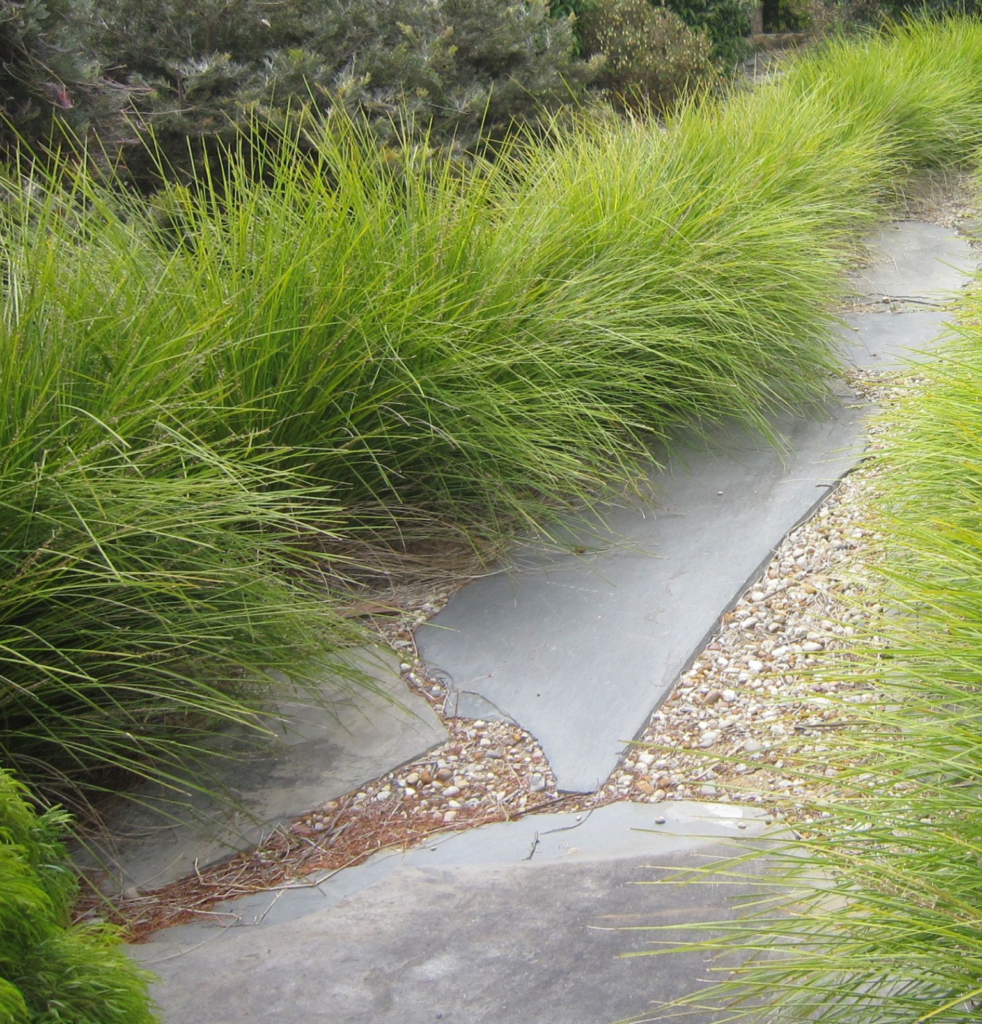

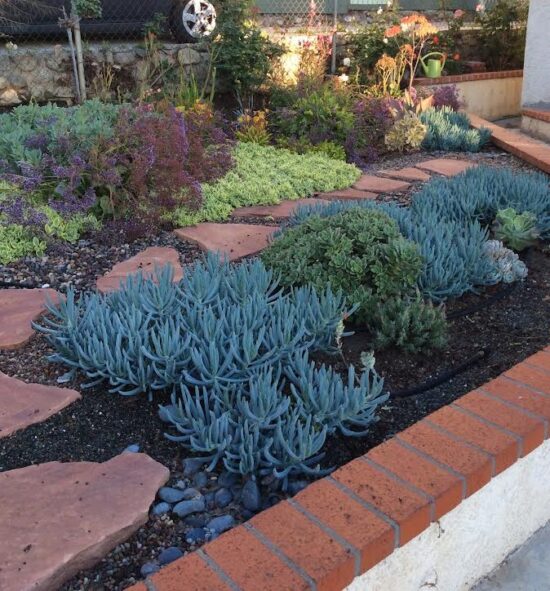
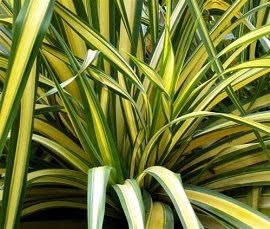
Plants Grown from Bulbs in Pots
Pots with Spring Flowering Bulbs can be very showy and represent the season. Spring flowering bulbs are planted in the fall and if you are in a temperate climate they may needed to be chilled for 4-6 weeks in the refrigerator. Buy your bulbs in September and chill them in brown paper bags until mid to late October. Plant in pots deep enough to bury them 6″ for big bulbs like daffodils and 2-4″ for little bulbs like Crocus. Set the pots aside until the the bulbs start to emerge in spring. Set them in a focal area as they start to sprout.
If you want to add violas or pansies with the bulbs, plant them in spring as you put the pots out for display. The pots should receive winter rains or watering through the winter.
Fertilize with bone meal when you plant the pots and as the bulbs start to grow and flower. The flowers don’t last very long but are very cheerful and fun to watch mature and bloom. It is okay to crowd the bulbs in the pots but leave 2-3″ between them. After they bloom let the foliage die all the way down before you cut the dead leaves. This helps the bulbs store food for the next year.
You can store the bulbs in a cool dark place or leave in the pots (let go dry after they die down) to re-use in future years. Best to chill them again though. Bulbs will last for many years and can also be planted out in the garden.
Summer flowering bulbs like dwarf Dahlias and Begonias are planted mid spring and can be planted in pots with Million Bells or Petunias to give extra color.
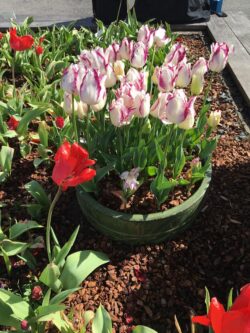
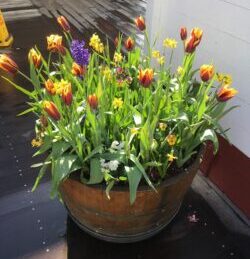
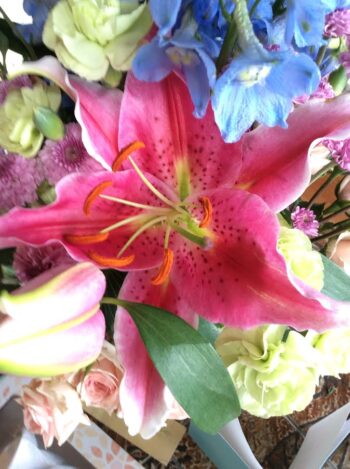
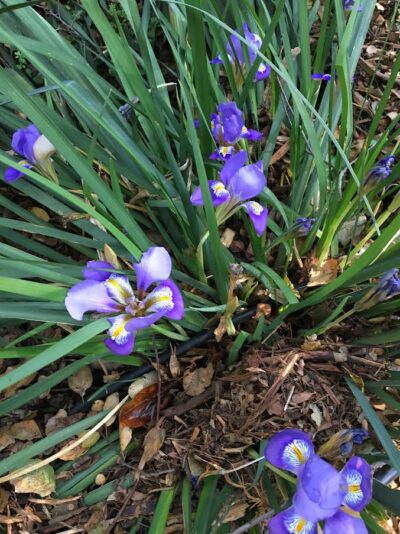
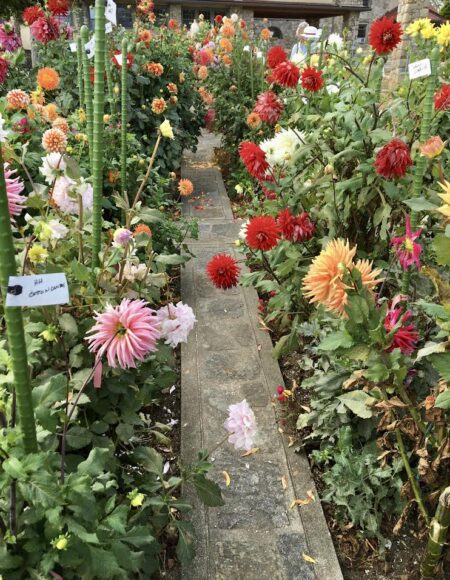

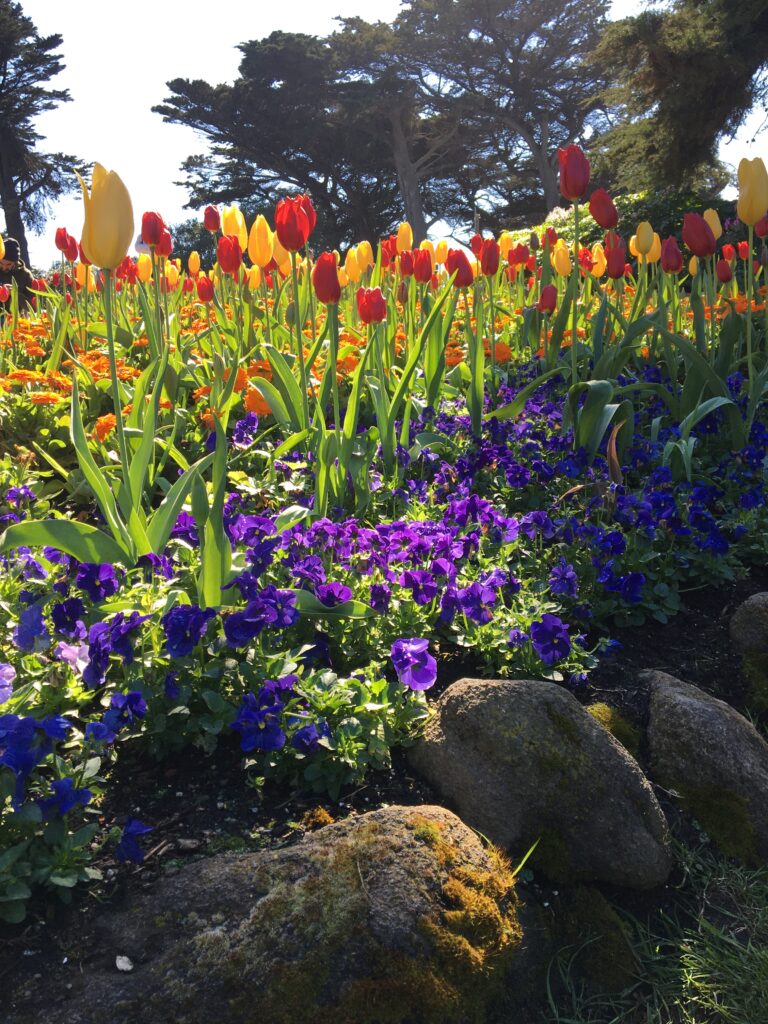
Annuals and Seasonal Color for Pots
Annuals are plants that live out their whole life in one to two seasons i.e. Marigolds, Petunias, Zinnias, Icelandic Poppies, Pansies etc………. Color bowls or pots with annuals add vibrant colors to a patio area and brighten up landscaping that can be just a sea of green. You need to redo these type of planted pots a few times a year or do them just once a year for summer and fall color. Okay to crowd the plants in the pots because the root balls don’t get very big. Fertilize with Miracle Gro liquid fertilizer or Super Bloom liquid fertilizer every 2-3 weeks to keep the flowers coming.
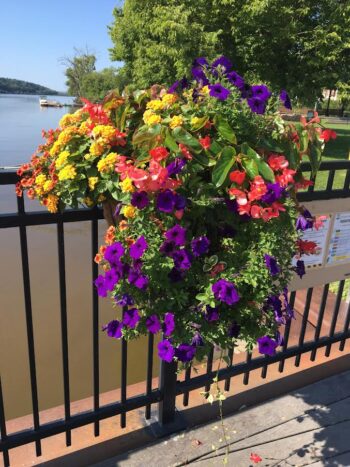
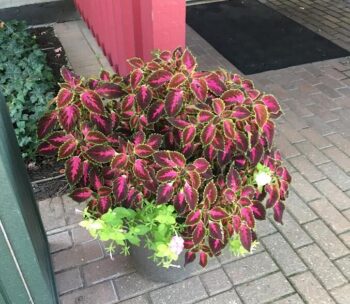
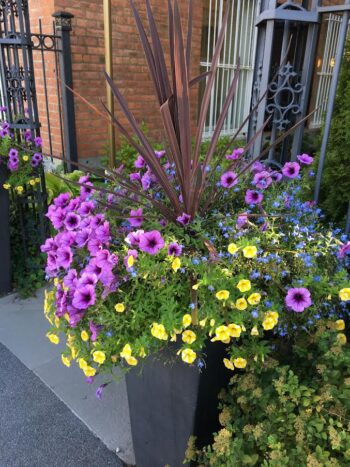

Use a pair of scissors to cut off dead flowers and leaves. This will stimulate new flowers. Compost the plants when they die and use new soil in the pots for subsequent plantings. Excess soil can be added to flower and shrub beds.
Most annuals do well in pots. The photos shown are just a few of the many annuals available for pots.


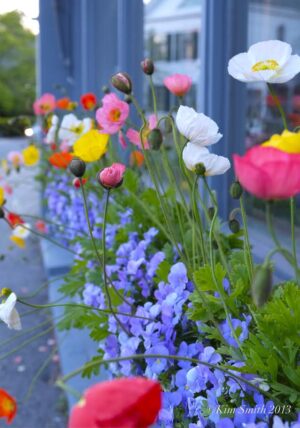
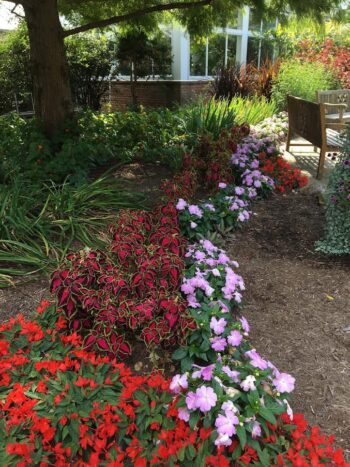
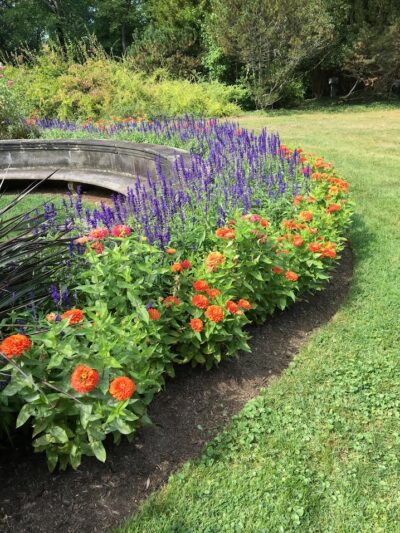



Cacti and Succulents- Great as Plants in Pots
Use a quick draining potting soil for Cacti and Succulents. I have had good luck with most potting soils by adding some clean sand to the mix.
Not all succulents can stand hot sun and can get burned in intense afternoon sun. Morning and mid-day sun is best.
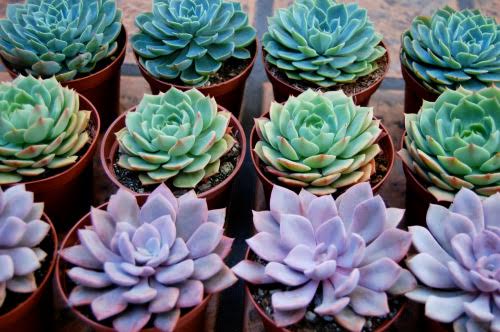
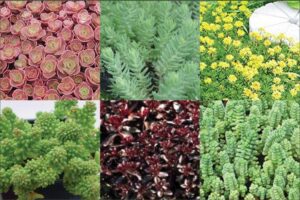
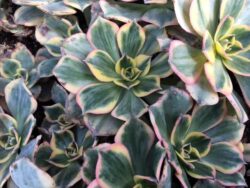
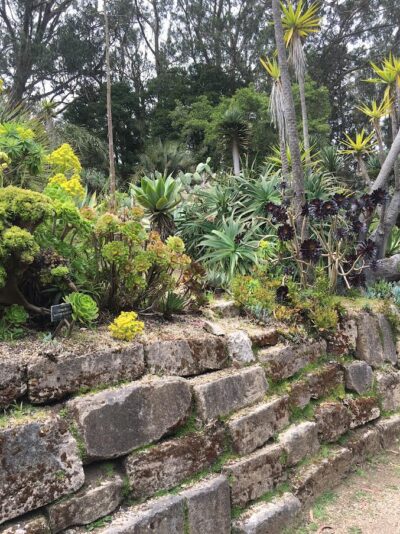
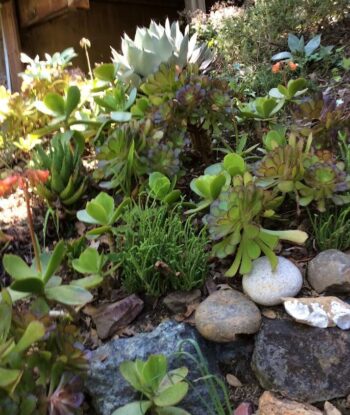
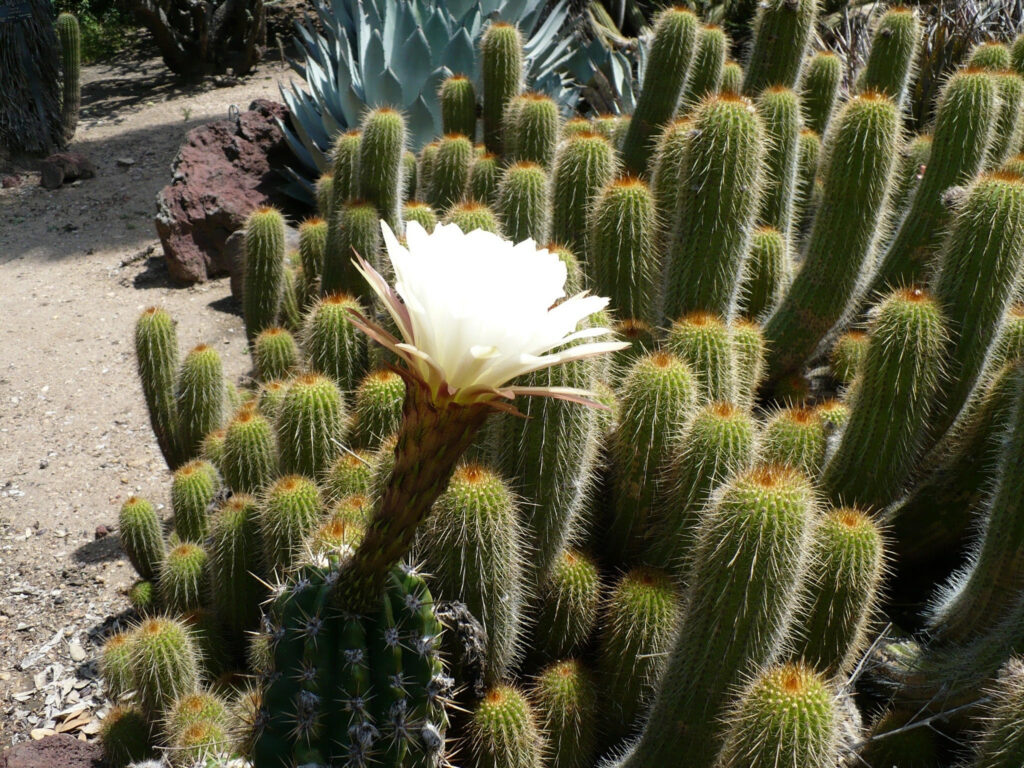
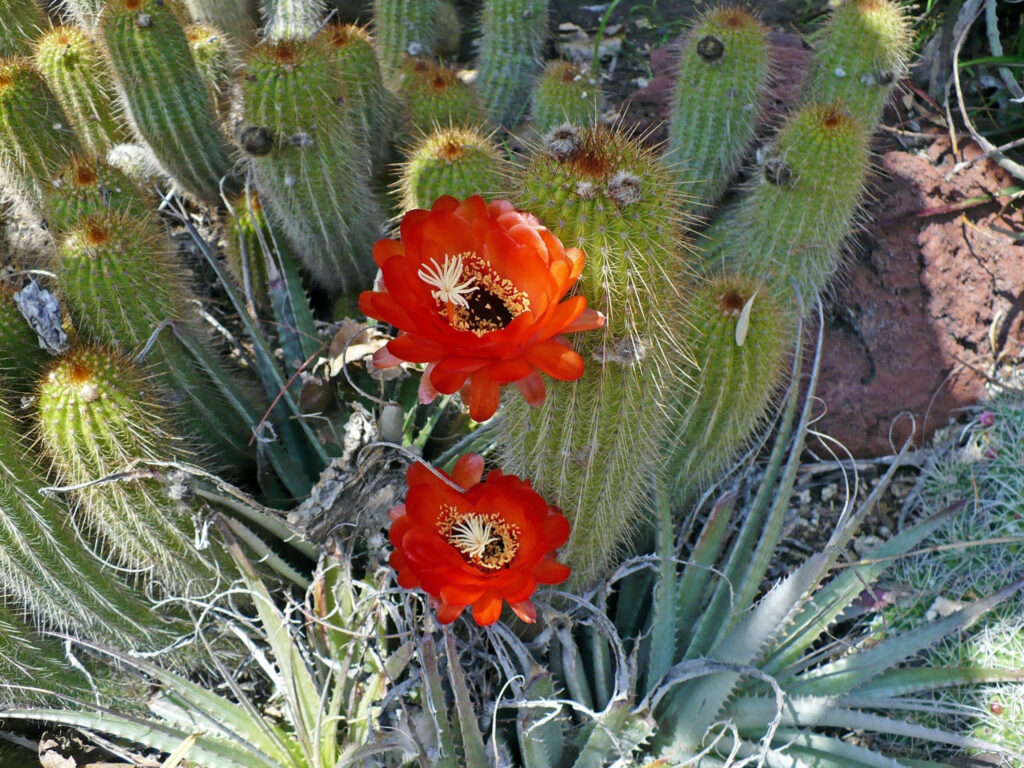
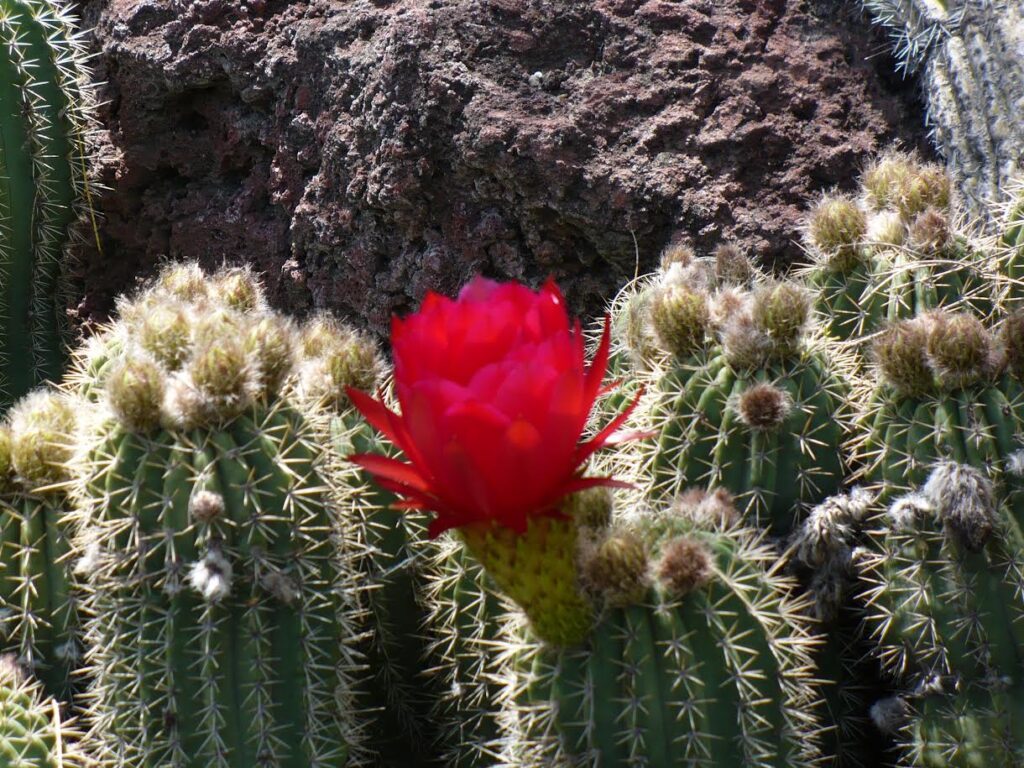
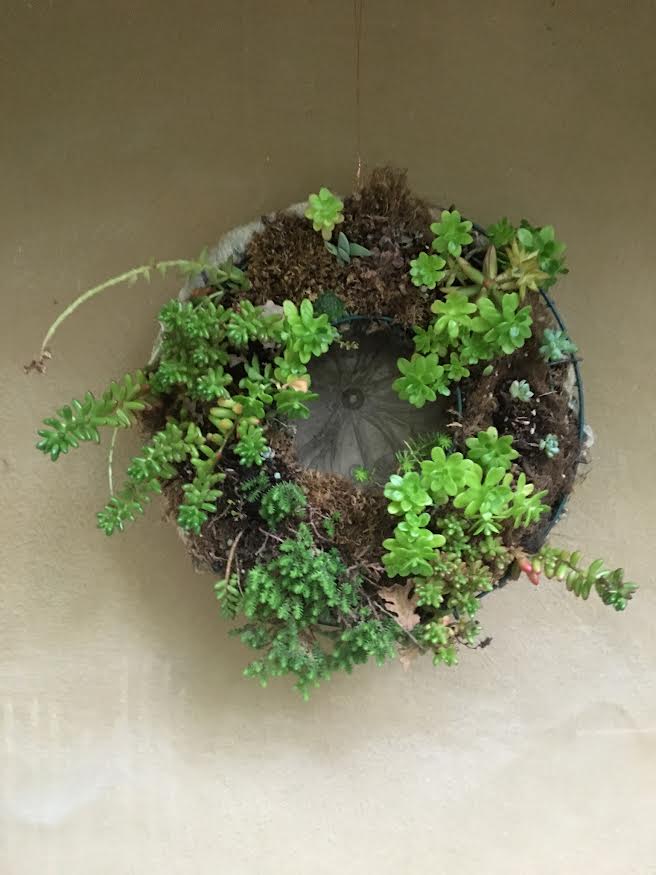
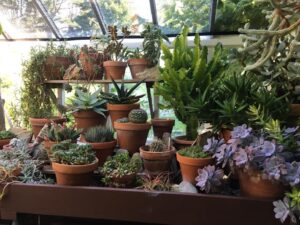
Vegetable and Herbs in Pots
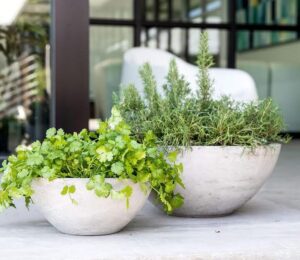
I have had mixed success with vegetables in pots. They don’t enjoy drying out during the day in the confines of pots but growing lettuces and spinach in the cool season is the most successful of my tries.
Herbs are easy though because most of them are moderate to low water requiring. The softer the herb the more water it needs. Rosemary hardly needs any water while Sweet Basil needs a lot.
Fertilizing is key to growing Vegetables in Pots and consistent watering. Herbs don’t require fertilizer more than a few times a year and need less water.
A planting bed in the garden is much better for vegetables and doesn’t require as much maintenance to keep them looking good.
Bonsai
The quintessential potted plant. Actually meant to represent a whole environment in miniature. Bonsai are a specialized type of potted plant and require training, careful pruning, root pruning and attention to regular watering. They are, however, the best of the potted plant world in their refinement and quality.
If you are daunted by Bonsai care, there are stone gardens set into a pot or bowl that don’t require the amount of care as a Bonsai tree or plant. They have the beauty though, and provide an element of calm in our crazy world.
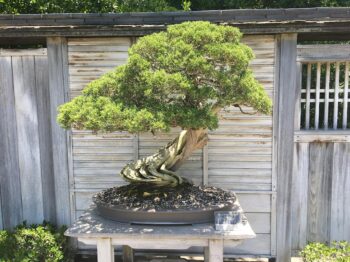



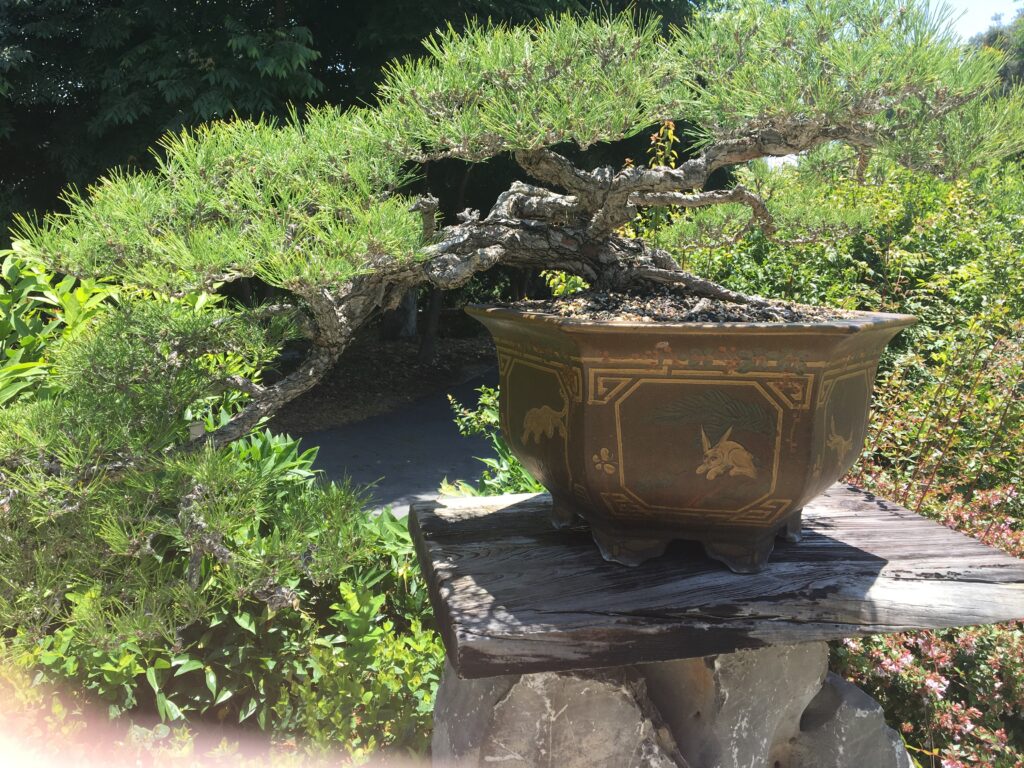
These Bonsai are photos from the Huntington Gardens – Japanese and Chinese Garden Sections
See my potted plant blog for more tips.
I did a follow up blog too, Pots for plants showing the different materials for pots and containers. Link below:
Before putting pots on a roof or balcony, make sure they are drained properly and are not too heavy for the weight limit of the structure. Depending on the size and quantity, pots can get very heavy especially when wet.

